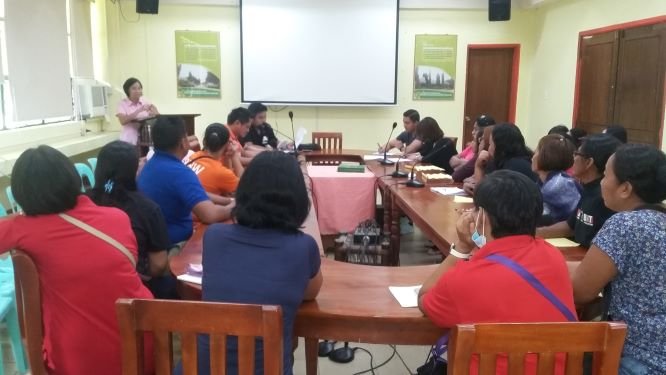The Northern Philippines is not exempt from the burden of childhood tuberculosis (TB), given its geographical locations with mountains and urbanizing valleys in all three regions of Ilocos, Cagayan Valley, and the Cordilleras, encompassing ten provinces and seven cities. This project used contact tracing among adults with smear-positive TB in order to assess the disease prevalence and incidence among children in the Northern Philippines and identify the spectrum of barriers to the diagnosis and treatment of childhood TB. The study design included household contact investigations among smear-positive index patients within the three regions to screen for and obtain accurate baseline statistics of childhood TB and latent TB infection among children under 15. In addition, cross-sectional surveys, key informant interviews, and focus group discussions were aimed at identifying barriers to the diagnosis and treatment of childhood TB. The project aimed to increase pediatric TB case detection in the region from 1.2% to 15%, the global average detection rate for high TB-burden countries.
Final Summary of Project ActivitiesOver the course of six years, this PEER project impacted childhood TB contact tracing, education, and research. The team provided training sessions for healthcare workers and community leaders on efficient contact tracing and the importance of prompt referral, diagnosis, and provision of appropriate treatment among children exposed to prevent future transmission of the disease.
The study sites included 19 catchment sites in three cities and 16 municipalities within three provinces. The PEER team also coordinated with stakeholders at multiple levels. They contract traced a total of 788 households and referred 1,491 children under 15 to the nearest TB-DOTS centers from the indexed cases traced. Each household was provided with a brief information about childhood tuberculosis during contact tracing activities.
The researchers also held focus group discussions and surveys of health care workers (HCW). A total of 262 HCWs from 55 public and private clinics were interviewed to learn about barriers to diagnosis and treatment of childhood TB in the northern Philippines. The results were used as a basis for training about childhood TB and contact tracing that was provided to 374 village healthcare workers, nurses, medical technologists, and microscopists through the PEER grant.
The PEER team presented their findings widely through nearly two dozen technical presentations and received $3,300 in additional funding from Isabela State University to continue their work. The team identified additional villages and provided them with technical assistance in contact tracing. Based on the records of the health facilities, after the referral of the children, additional adults who were exposed also sought diagnosis for TB. Thanks to the PEER funding, diagnostics services were provided to 570 children and adolescents from the provinces of Kalinga and Isabela who were referred for APL/Chest X-ray. The majority of them either were treated or have ongoing treatment for active TB or for preventive therapy.
PublicationFlordeliza R. Bassiag, Tania Thomas, Beulah Estrada, Edmelyn Cacayan, Romella Tuppal, Alex Soriano, and Alexander Ritua. 2021. Identification of Barriers to Diagnosis and Treatment among Households Surrounding Childhood Tuberculosis in Northern Philippines.
Journal of Social Health 4(1): 54-63. (PDF)





